Rep. Andy Ogles Sends Letter Calling to Add Trump to Mount Rushmore Because He’s ‘On Par’ With Presidents Already There
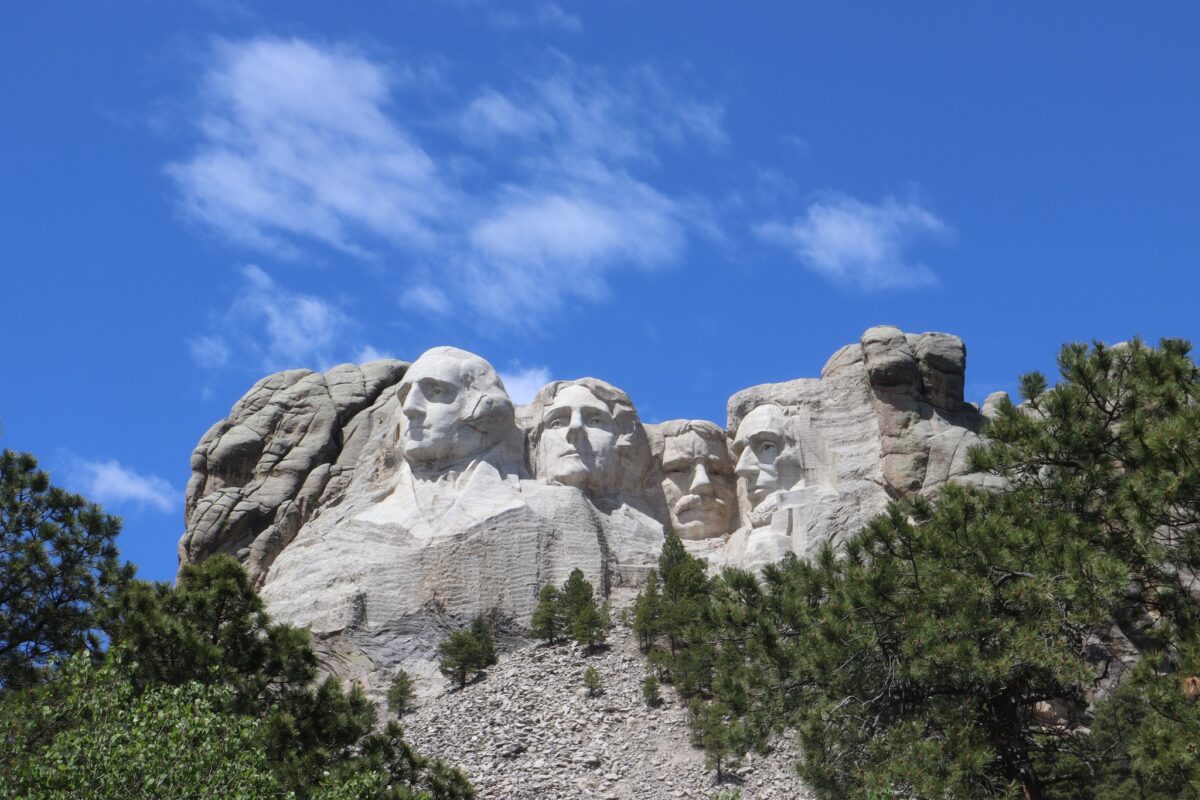
Photo via National Parks Service on Facebook.
Mount Rushmore currently honors four presidents — George Washington, Thomas Jefferson, Teddy Roosevelt, and Abraham Lincoln — but they should be joined by a fifth, according to Rep. Andy Ogles (R-TN), who has penned a letter to Secretary of the Interior Doug Burgum strongly advocating for President Donald Trump to be added to the South Dakotan monument.
The sculpture was completed in 1941, more than 75 years after the last of the presidents carved into the rock, Lincoln, had died. Over the years, various proposals have been made to add other people, including suffragist Susan B. Anthony, and Presidents John F. Kennedy, Ronald Reagan, Barack Obama, as well as Trump.
Ogles tweeted his proposal along with an image showing Trump’s head carved out of rock at the far right of the sculpture.
“I’m asking [Burgum] to put Trump on Mt. Rushmore,” wrote Ogles, along with this explanation that cited the “impending enactment of the Big Beautiful Bill” as a “historic act” that justified adding the current president to Mount Rushmore:
Given the scale and scope of President Trump’s recent achievements—especially the impending enactment of the Big Beautiful Bill, the historic act that will ignite America’s Golden Age—it is essential that we immortalize President Trump’s likeness on Mount Rushmore.
Like Washington, Trump did not seek his position for glory but out of love for his country, championing American independence and reshaping the presidency with dynamism, clarity, and purpose.
Like Jefferson, he expanded America’s horizons by pursuing new frontiers and breaking away from deep state tyrants.
Like Teddy Roosevelt, Trump took on entrenched interests, reinvigorated American industry, and avenged the working class against bureaucratic bloat and corporate corruption.
The legacy of Mount Rushmore cannot remain frozen in stone; it must evolve to reflect the full arc of American history, including its most recent and transformative chapter.
Ogles also apparently provided his letter to right-wing influencer Benny Johnson, who tweeted a screenshot of it.
In the full text of Ogles’ letter, he urged Burgum to “explore the addition of [Trump’s] likeness to Mount Rushmore” because of his “leadership” that deserved to “be symbolically recognized on par with the leaders already enshrined.”
The Tennessee Republican acknowledged that there were “logistical challenges” regarding necessary discussions with local officials and tribal leaders, as well as the issue that “physical modifications to Mount Rushmore raise logistical and preservation questions, but this discussion should not be foreclosed based on past bureaucratic resistance or political discomfort.” Still, Ogles argued, this idea should be seriously pursued:
The Department of the Interior owes the American people a full, fair, and transparent consideration of how best to commemorate presidential legacies of enduring consequence. That includes opening a formal review of how President Trump’s leadership might be symbolically recognized on par with the leaders already enshrined. We urge you to initiate a feasibility assessment-technical, legal, and cultural-for this proposal, and to engage with public sentiment and expert consultation on the matter. The legacy of Mount Rushmore is not frozen in stone. It is alive in the American memory, and it should evolve to reflect the full arc of our nation’s history-including its most recent and transformative chapters.
The “logistical and preservation questions” were largely answered decades ago.
Perhaps the biggest hurdle blocking any potential additions is the limited remaining uncarved areas of the mountain and related structural integrity issues.
Even before Mount Rushmore was completed, Gutzon Borglum and Lincoln Borglum, the sculptor who oversaw construction and the son who assisted him and finished the work after he died, respectively, had said that the remaining rock would not sustain any additional figures being carved into it.
RESPEC, a South Dakota-based engineering firm, was hired by the National Park Service in 1989 to study Mount Rushmore’s structural stability and to install and operate the Rock Block Monitoring System (RBMS), which tracks temperatures and movements of the various rock structures in 27 locations on the monument. RESPEC’s assessment has consistently maintained that no other faces could be safely carved into Mount Rushmore.
“RESPEC supports our long-held belief that no other rock near the sculpted faces is suitable for additional carving,” Maureen McGee-Ballinger, Mount Rushmore National Memorial Chief of Interpretation and Education, told the Argus Leader in 2020. “RESPEC also believes that if additional work were undertaken it is possible that exposing new surfaces could result in creation of potential instabilities in the existing carving.”
The original design placed Jefferson on the outside edge, but the rock there was found to be unstable and already developing large cracks in the granite. The initial work on Jefferson’s face was dynamited and he was relocated between Washington and Roosevelt. An inscription that was in the plans was eliminated and Lincoln’s placement was shifted further right to accommodate this change, further reducing the available rock.
(It should perhaps be noted that the image Ogles tweeted was photoshopped or created by AI and would be impossible to construct, as the rock does not extend that far where the image portrays Trump’s head being carved.)
McGee-Ballinger also highlighted the nature of the work as a complete artwork representing “one man’s artistic interpretation, and a tribute to that period of our nation’s history.”
Gutzon Borglum had conceptualized and constructed the sculpture, she explained, “to represent the first 150 years of the history of the United States — the birth, growth and preservation of our country,” and viewed the four presidents selected as being chosen “to represent the principles of our present form of government, not to represent the individuals themselves.”
“The National Park Service takes the position that death stayed the hand of the artist and the work is complete in its present form,” she said. “Thus, to maintain both the integrity of the structure and the artist’s concept, there is no procedure for adding another likeness, the sculpture is complete.”
One Texas-based sculptor, Stuart Simpson, told The Washington Post in 2017 — shortly after Trump first started openly contemplating that his visage should be added to Mount Rushmore — that newer technology might make it possible to sculpt Trump or another person into the rock. His rough estimate at that time was that it would take about 180 people and cost about $64 million for labor costs alone.
However, as Simpson cautioned, this estimate was calculated without physically studying the characteristics and integrity of the uncarved rock areas. He admitted the nature of the material limited what the ability of even the most skilled artisans to accurately portray Trump’s likeness.
“I don’t know if they could capture the wispiness of that hairdo,” he said.
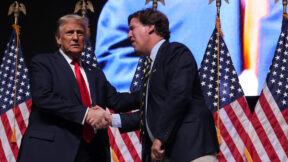
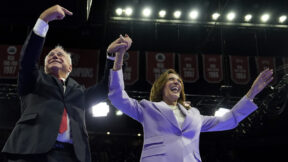
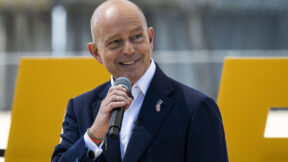
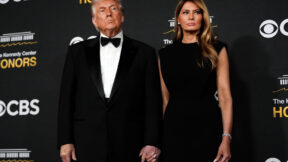

Comments
↓ Scroll down for comments ↓